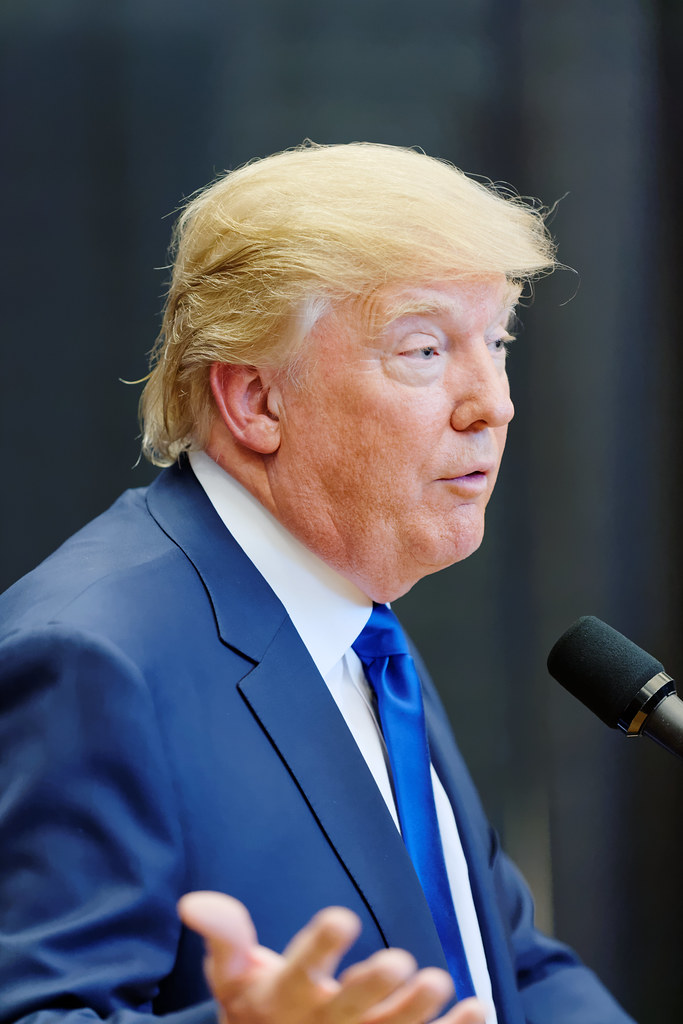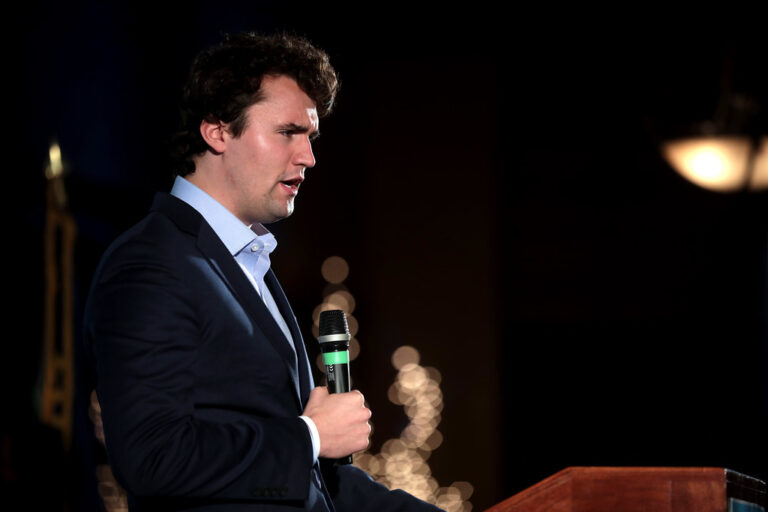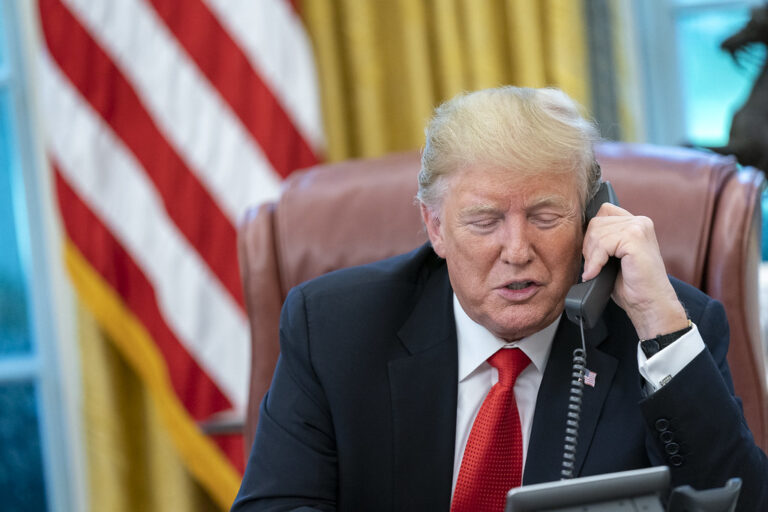Key Takeaways:
- President Trump wants to replace Representative Thomas Massie after Massie defied him.
- Republican leaders have suggested Daniel Cameron and Aaron Reed to challenge Massie.
- Trump finds both Cameron and Reed too extreme on abortion issues.
- Thomas Massie remains confident and unmoved by the possible challengers.
Trump’s Fight With Thomas Massie
President Trump is gearing up to topple Thomas Massie in the next primary. Massie upset Trump when he voted against the One Big Beautiful Bill Act. Massie also pushed to release files on Jeffrey Epstein. Now Trump’s team is scouting opponents who can beat him. Yet, potential challengers are failing to impress the former president.
Why Trump Is Targeting Thomas Massie
Trump sees Thomas Massie as one of his toughest critics in Congress. Massie spoke out against a major spending bill Trump supported. He also led a push for transparency in a sensitive legal case. For Trump, that defiance hurt party unity. Therefore, he wants a more loyal lawmaker in that Kentucky district.
Potential Challengers to Thomas Massie Fall Short
High-ranking Republicans have floated two names to run against Thomas Massie. First up is Daniel Cameron, a former state attorney general. Cameron already seeks a Senate seat. Trump, however, is still annoyed by Cameron’s 2023 loss. Moreover, Trump thinks Cameron’s hardline abortion views cost him that race. So Cameron may not get Trump’s clear backing.
Aaron Reed’s Pitch to Trump
The second candidate is Aaron Reed, a state senator and ex-Navy SEAL. He met Trump to discuss taking on Thomas Massie. Although Reed has strong conservative credentials, Trump again heard concerns. Reed sounded too extreme on abortion, just like Cameron. As a result, Trump isn’t sold on him either. He wants someone who can win in November.
How Thomas Massie Is Responding
Despite the chatter, Thomas Massie remains calm. His team says he’s ready for any opponent. In fact, an insider joked Massie might swap races with Cameron. That way, Massie could run for Senate if Cameron switches to the House race. This shows how confident Massie feels about his hold on the district.
The Role of Abortion in the GOP Fight
Abortion has become a major fault line in these talks. Trump rejects candidates seen as too strict on abortion exceptions. Both Cameron and Reed defended no-rape-or-incest exceptions. Trump worries that stance turns off moderate voters. Thus, the abortion debate is key to nominating someone who can beat Thomas Massie.
What Comes Next for Thomas Massie
In the coming months, Trump and his advisers will keep searching for a challenger. They want a candidate who pleases Trump and can win a general election. Whoever steps up will need to balance party loyalty with voter appeal. Meanwhile, Thomas Massie will keep campaigning on his independent record.
Possible Outcomes of the Primary Battle
If Trump finds a strong challenger, Thomas Massie could face a tough race. Yet, Massie’s independent streak might also help him. Some voters admire his willingness to break ranks. On the other hand, a Trump-backed opponent might harness the former president’s influence. It will be a showdown of party loyalty versus independent thinking.
Why This Race Matters
The fight over Thomas Massie is about more than one district. It shows how Trump still shapes the Republican Party. It also highlights deep divisions over abortion and spending. The winner of this battle could set a tone for other primaries. Republicans nationwide will watch closely to see if Trump can oust a vocal critic.
Looking Ahead for Voters
Kentucky voters will see multiple debates and ads before next year’s primary. They will weigh Thomas Massie’s independence against any Trump-backed challenger. Key issues will include abortion policy, government spending, and party unity. Ultimately, voters will decide whether they prefer an independent voice or a Trump ally.
Frequently Asked Questions
Why does Trump want to remove Thomas Massie?
Trump feels Thomas Massie betrayed party unity by voting against a major spending bill and pushing for sensitive documents to be released.
Who are the possible challengers to Thomas Massie?
Daniel Cameron and Aaron Reed have been suggested, but Trump sees both as too extreme on abortion issues.
What role does abortion play in this primary fight?
Abortion exceptions for rape and incest are central. Trump wants a candidate more moderate on this issue to win the general election.
How confident is Thomas Massie about his reelection?
Massie appears very confident. His team even joked about swapping races with a potential challenger, showing he feels secure in his seat.










